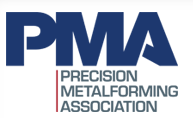Final thoughts
Let's take a collective deep breath ::in:: and ::out::... And we're back. But where exactly are we? Are steel prices going up or down? Is demand really decelerating or is it an illusion? How is the market navigating the new mill pricing mechanisms?












